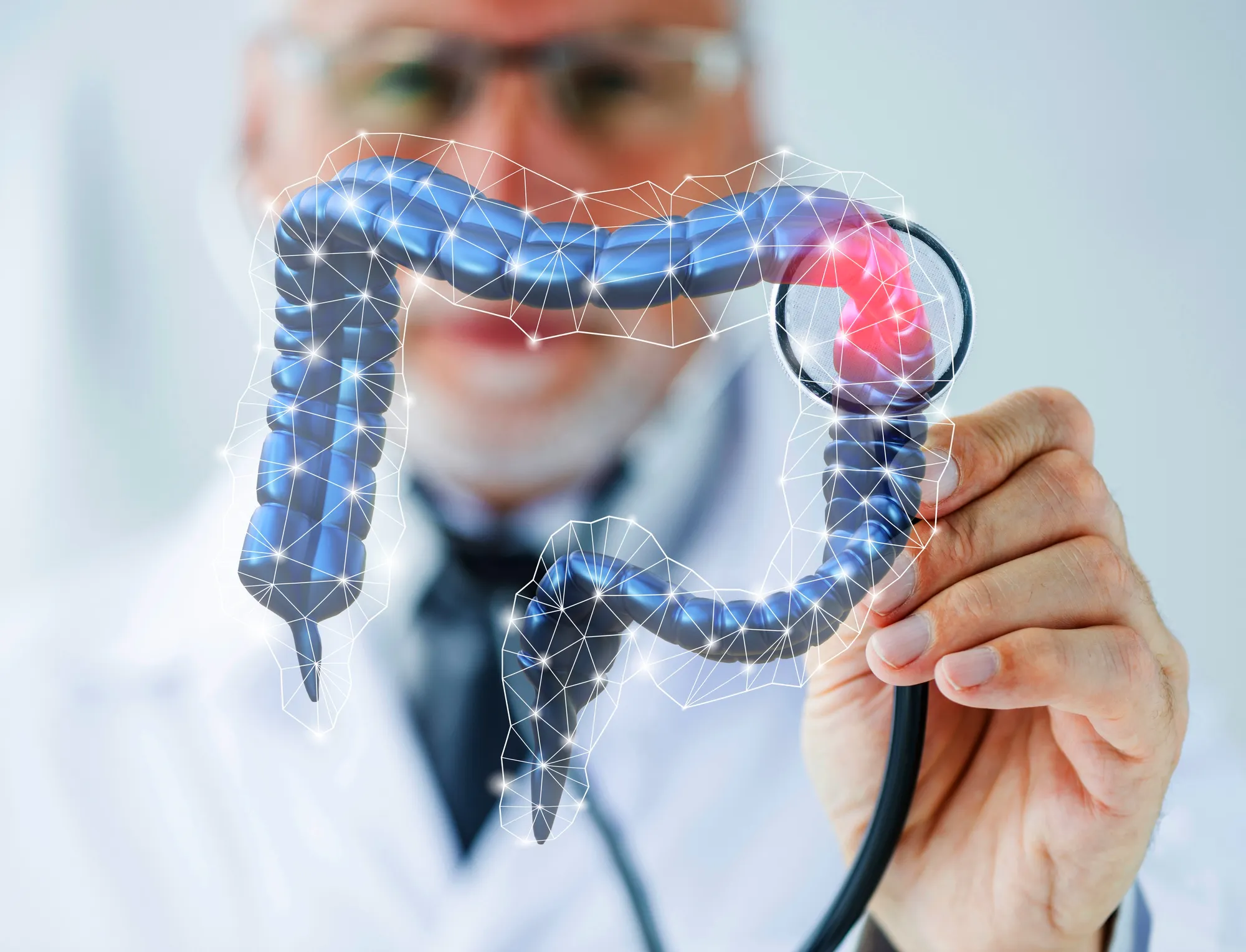Keywords
1. Haem iron
2. Colorectal cancer
3. Microbiome alterations
4. Mucosal homeostasis
5. Red meat consumption
The risks associated with excessive consumption of red and processed meats have been highlighted in numerous studies, with the World Health Organization classifying red meat as “probably carcinogenic” and processed meats as “carcinogenic” to humans. A key component in the link between meat consumption and increased colorectal cancer risk is believed to be haem iron, the compound that gives red meat its characteristic color. In a groundbreaking study published in the journal Microbiome (DOI: 10.1186/s40168-019-0685-7), researchers have unearthed novel insights into how haem iron reshapes the colonic luminal environment and impacts mucosal homeostasis and the microbiome, potentially through the formation of aldehydes.
The Groundbreaking Study
Conducted by Océane C. B. Martin et al., at the INRA, ToxAlim research center in Toulouse, France, the study analyzed the short-term effects of haem-induced lipoperoxidation in F344 male rats fed a haem-enriched diet over a period of 14-21 days. The focus of the research was on the ensuing changes in permeability, inflammation, and genotoxicity observed in the mucosal colonic barrier, which correlated with markers indicating the presence of luminal haem and lipoperoxidation.
Through their investigative work, Martin and her team illustrate that the trapping of luminal haem-induced aldehydes normalized cellular genotoxicity, permeability, and reactive oxygen species (ROS) formation on a colon epithelial cell line. The inclusion of calcium carbonate to a haem-enriched diet, at a proportion of 2%, successfully trapped luminal haem in vivo, counteracting the haem-induced physiological traits observed in their tests.
Unraveling the Microbiome Dynamics
Martin et al.’s study goes a step further by addressing the impact of haem on native gut flora. The results highlight similar patterns in the covariation between fecal metabolites and bacterial taxa that could be attributed to haem-induced lipoperoxidation. By utilizing an integrated research approach, they have provided an overview of how haem modifies key players within the colonic barrier.
The findings indicate that the harmful effects of haem-induced lipoperoxidation are closely intertwined with the risk of colorectal cancer associated with red meat consumption. The study has been pivotal in joining the dots between dietary choices, the colon’s luminal environment, and the larger canvas of human health.
Implications for Public Health
This research opens a new chapter in understanding colorectal cancer etiology and prevention. With clear associations drawn between haem iron, altered gut homeostasis, and microbiome disparities, there is a louder call for dietary interventions and lifestyle changes.
The potential carcinogenic effects of haem iron raise concerns over the consumption of red meat and its global dietary prevalence. As diets continue to evolve, an emphasis on the inclusion of protective compounds such as calcium carbonate or the reduction of red meat intake could form part of effective cancer prevention strategies.
Methodological Rigor and Ethical Compliance
The study’s experimental protocols garnered approval from the local Animal Care Use Committee and adhered to European Directive 2010/63/UE, coupled with the ARRIVE guidelines for animal research, ensuring the highest standards of ethical compliance. The research also stands robust due to its stringent methodological setup, involving state-of-the-art tools for assessing molecular changes.
Future Directions and Translational Research
While the study by Martin et al. provides critical insights, the authors advocate for continued research into the mechanisms of haem iron-induced carcinogenesis. Bridging the gap between laboratory findings and clinical applications remains a crucial next step. Future translational research could refine dietary guidelines and inform public health policies to mitigate the risk factors for colorectal cancer.
In conclusion, the study published in Microbiome not only demystifies the molecular events following haem iron consumption but also sheds light on the potential pathways for intervention. As we continue to unravel the complex interplay between diet, the microbiome, and cancer risk, this research represents a watershed moment in the field of nutritional science and colorectal cancer prevention.
References
1. Bouvard, V., Loomis, D., Guyton, K. Z., et al. (2015). Carcinogenicity of consumption of red and processed meat. The Lancet Oncology, 16(16), 1599–1600. doi: 10.1016/S1470-2045(15)00444-1
2. Bastide, N. M., Pierre, F. H. F., & Corpet, D. E. (2011). Heme iron from meat and risk of colorectal cancer: a meta-analysis and a review of the mechanisms involved. Cancer Prev Res (Phila), 4, 177–184. doi: 10.1158/1940-6207.CAPR-10-0113
3. Martin, O. C. B., Olier, M., Ellero-Simatos, S., et al. (2019). Haem iron reshapes colonic luminal environment: impact on mucosal homeostasis and microbiome through aldehyde formation. Microbiome, 7(1), 72. doi: 10.1186/s40168-019-0685-7
4. Pierre, F., Tache, S., & Guéraud, F. (2013). Calcium and α-tocopherol suppress cured-meat promotion of chemically induced colon carcinogenesis in rats and reduce associated biomarkers in human volunteers. Am J Clin Nutr, 98(4), 1255–1262. doi: 10.3945/ajcn.113.061069
5. Abt, M. C., McKenney, P. T., & Pamer, E. G. (2016). Clostridium difficile colitis: pathogenesis and host defence. Nat Rev Microbiol, 14(10), 609–620. doi: 10.1038/nrmicro.2016.108
